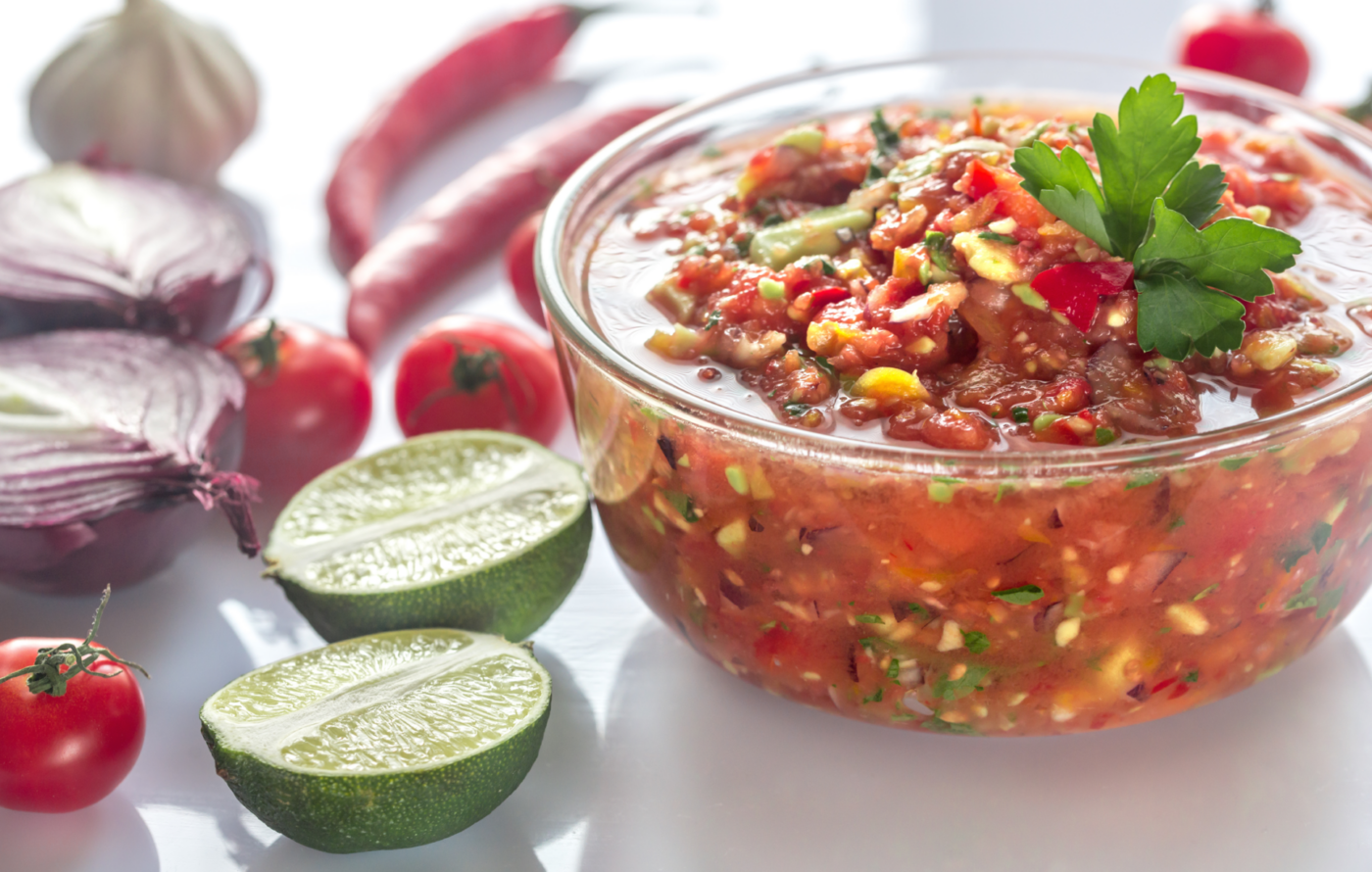History of Salsa
Salsa’s roots can be traced back to the ancient Aztecs, who used a mixture of tomatoes, chili peppers, and spices as a condiment. The Spanish conquistadors brought tomatoes back to Europe, and from there, the tomato-based sauce spread throughout the world. Today, salsa is enjoyed in countless variations, reflecting the diverse culinary traditions of different cultures.
Ancient Beginnings
Long before Europeans set foot in the Americas, the indigenous peoples of Mesoamerica were cultivating a variety of chiles, tomatoes, and other ingredients that would become the building blocks of salsa. These ancient civilizations, with their deep understanding of the land and its bounty, created a vibrant culinary tradition that celebrated the flavors of their surroundings.
Imagine bustling marketplaces filled with vendors selling a rainbow of chiles – from fiery ones that ignite the palate to smoky ones that linger with warmth – alongside plump, juicy tomatoes and fragrant herbs. These early cooks, using tools like mortars and pestles, ground these ingredients into flavorful sauces and condiments, adding depth and complexity to their meals.
These early salsas were more than just a way to add flavor; they were a means of preserving food, adding essential nutrients to the diet, and enhancing the culinary experience. They were a testament to the ingenuity and resourcefulness of these ancient cultures, who transformed simple ingredients into culinary masterpieces.
A Culinary Fusion
The arrival of Europeans in the Americas brought a new wave of culinary influences, a meeting of cultures that would forever change the landscape of food. New ingredients, like onions, garlic, and cilantro, were introduced, adding layers of complexity to the existing culinary traditions.
This fusion of cultures led to a vibrant exchange of ideas and flavors, further enriching the world of salsa. Traditional techniques were combined with new ingredients, resulting in an explosion of culinary creativity.
Salsa’s Evolution
Over time, salsa continued to evolve, adapting to different regions and culinary traditions. Each community added its own unique touch, creating a diverse tapestry of flavors and textures. Some salsas were fiery hot, while others were mild and tangy. Some were chunky, while others were smooth and velvety.
As people migrated and cultures intermingled, salsa traveled beyond its original borders, spreading its vibrant flavors throughout the world. It became a staple in kitchens and on tables, a beloved condiment that added zest and excitement to meals.
Salsa Today
Today, salsa is a global phenomenon, enjoyed in countless variations and by people of all cultures. From the smoky, complex salsas of Mexico to the fresh, vibrant salsas of the Caribbean, there’s a salsa to suit every palate and occasion.
Whether you prefer it mild or fiery, chunky or smooth, homemade or store-bought, salsa remains a testament to the enduring power of simple ingredients and culinary creativity. It’s a dish that connects us to ancient traditions while embracing modern innovation, a reminder that food is not just sustenance, but a celebration of flavor, culture, and shared enjoyment. So the next time you dip a chip into a bowl of salsa, take a moment to appreciate its rich history and the journey it has taken to become the beloved condiment we know today.




Comments